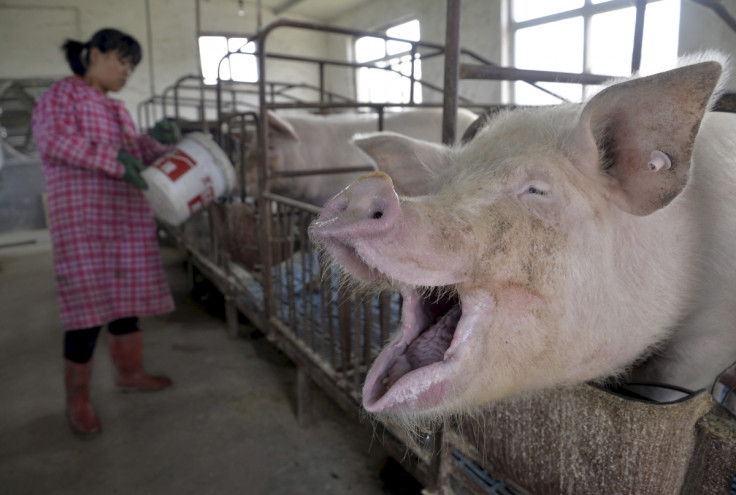Antibiotic resistance: New gene found in China heralds breach in last line of defence

A new gene has been discovered that allows bacteria to become resistant to our last line of antibiotic defence. The gene, MCR-1, was found to be widespread in pigs and patients in south China, with some strains having epidemic potential.
MCR-1 was found to enable bacteria to become resistant to polymyxins; the colistin and polymyxin B. These were the last classes of antibiotics in which resistance could not spread from cell to cell, said Jian-Hua Liu, from South China Agricultural University in Guangzhou.
"These are extremely worrying results. Until now, colistin resistance resulted from chromosomal mutations, making the resistance mechanism unstable and incapable of spreading to other bacteria," he said. Scientists published their findings in The Lancet Infectious Diseases.
MCR-1 was found during routine testing for antimicrobial resistance in China. Researchers isolated an e-coli strain from a pig found to be resistant to colistin and could be transferred to another strain. As a result, they collected bacteria from pigs from across four provinces, as well as pork and chicken sold in markets and supermarkets across Guangzhou. Following this, they analysed samples taken from patients presenting with infections in two hospitals.
The MCR-1 gene was found to be highly prevalent in e-coli isolated from animals and raw meat samples, with a proportion of positive samples increasing every year. It was also found in 16 out of 1,322 patients.
"Our results reveal the emergence of the first polymyxin resistance gene that is readily passed between common bacteria such as Escherichia coli and Klesbsiella pneumoniae, suggesting that the progression from extensive drug resistance to pandrug resistance is inevitable," Liu said.

The team found the rate of transfer between different bacteria was extremely high between e-coli strains. They also found the gene had the potential to spread to other bacterial species, including those that caused pneumonia and serious blood infections. This means it is likely MCR-1 will spread rapidly into human pathogens.
Jianzhong Shen from China Agricultural University in Beijing said the low proportion of positive human samples compared to animals suggests MCR-1 colistin resistance came from animals and spread to humans, and that this probably was the result of colistin use in agriculture in China. China is one of the biggest consumers of colistin for agriculture and veterinary use in the world, with demand expected to reach 16,500 tonnes by 2021.
He added China had launched a risk assessment on the use of colisitin as a result of the findings, which the government takes "very seriously". "The emergence of MCR-1 heralds the breach of the last group of antibiotics," the authors wrote. "Although currently confined to China, MCR-1 is likely to emulate other resistance genes such as blaNDM-1 and spread worldwide. There is a critical need to re-evaluate the use of polymyxins in animals and for very close international monitoring and surveillance of MCR-1 in human and veterinary medicine."
© Copyright IBTimes 2025. All rights reserved.






















